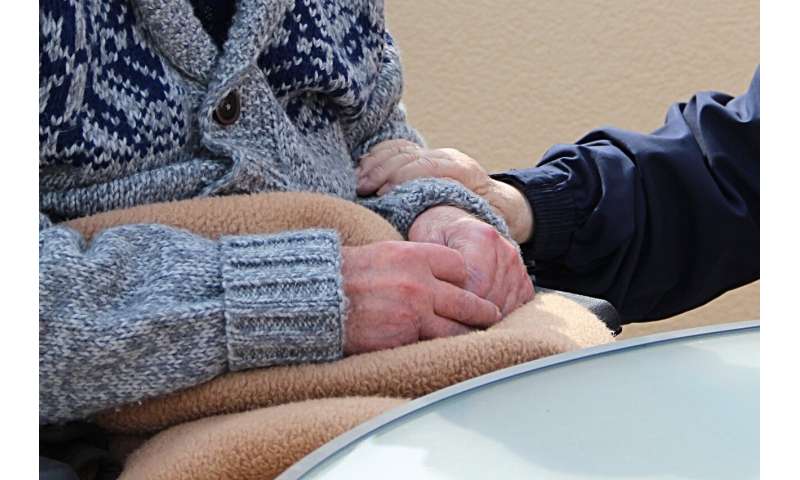
According to the Centers for Disease Control and Prevention, one-in-four people who died from COVID-19 in the U.S. had been living in a long-term care facility. The sobering statistic is even more alarming when you consider the compounding threats of a hurricane. The elderly population is at a greater risk of death than younger individuals, as many are reliant on others to keep them safe.
Hurricane Irma, a Category 4 hurricane that made landfall in Cudjoe Key, Florida in September 2017, took an especially deadly toll on residents of long-term care facilities in Florida. The toll included the heat-related deaths of 14 residents of the Rehabilitation Center at Hollywood Hills. But that specific storm had an even greater impact on nursing home residents than what’s been reported by federal agencies.
A new study published in the JAMA Network Open examined the health outcomes of nearly 62,000 residents 65 and older living in 640 Florida nursing home facilities during Hurricane Irma, comparing them to nursing home residents during the same time period in 2015, when residents weren’t exposed to a hurricane. Researchers from the University of South Florida and Brown University found there were 433 more nursing home deaths within 90 days of the storm and 262 more within 30 days, compared to the unexposed group in 2015. That figure is more than double what the Centers for Disease Control and Prevention reported for the entire population of Florida.
“A great deal has been done to increase the safety of long-term care residents during disasters, especially to ensure temperature control,” said co-author Kathryn Hyer, professor of aging studies at USF. “But these results show us that work must continue to identify those who are most at risk and to understand the real toll of a disaster.”
“Vital statistics death data are used to evaluate direct and indirect deaths attributed to a hurricane. The problem is they may not include all deaths resulting from the worsening of existing medical conditions,” said co-author Lindsay Peterson, research assistant professor of aging studies at USF. “It appears the official data undervalue indirect deaths in nursing homes, where a death resulting from a worsening health condition is likely to be considered a death by natural causes, even if it follows a traumatic event like a hurricane.”
Researchers closely examined Medicare claims data and nursing home administrative data, which are far more extensive than death certificates. These findings are consistent with previous research involving Hurricanes Katrina, Rita, Gustav and Ike, which showed mortality and morbidity among nursing home residents were significantly higher than originally reported.
Source: Read Full Article